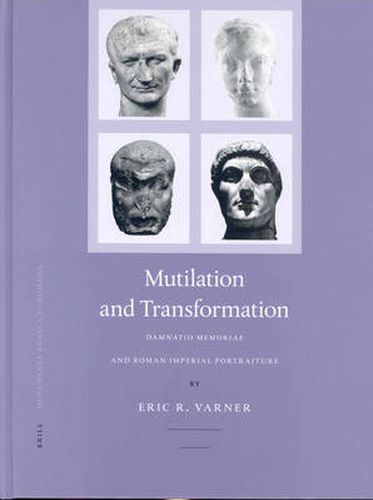Readings Newsletter
Become a Readings Member to make your shopping experience even easier.
Sign in or sign up for free!
You’re not far away from qualifying for FREE standard shipping within Australia
You’ve qualified for FREE standard shipping within Australia
The cart is loading…






The condemnation of memory inexorably altered the visual landscape of imperial Rome. Representations of ‘bad’ emperors, such as Caligula, Nero, Domitian, Commodus, or Elagabalus were routinely reconfigured into likenesses of victorious successors or revered predecessors. Alternatively, portraits could be physically attacked and mutilated or even executed in effigy. From the late first century B.C. until the fourth century A.D., the recycling and destruction of images of emperors, empresses, and other members of the imperial family occurred on a vast scale and often marked periods of violent political transition. This volume catalogues and interprets the sculptural, glyptic, numismatic and epigraphic evidence for damnatio memoriae and ultimately reveals its praxis to be at the core of Roman cultural identity.
$9.00 standard shipping within Australia
FREE standard shipping within Australia for orders over $100.00
Express & International shipping calculated at checkout
The condemnation of memory inexorably altered the visual landscape of imperial Rome. Representations of ‘bad’ emperors, such as Caligula, Nero, Domitian, Commodus, or Elagabalus were routinely reconfigured into likenesses of victorious successors or revered predecessors. Alternatively, portraits could be physically attacked and mutilated or even executed in effigy. From the late first century B.C. until the fourth century A.D., the recycling and destruction of images of emperors, empresses, and other members of the imperial family occurred on a vast scale and often marked periods of violent political transition. This volume catalogues and interprets the sculptural, glyptic, numismatic and epigraphic evidence for damnatio memoriae and ultimately reveals its praxis to be at the core of Roman cultural identity.